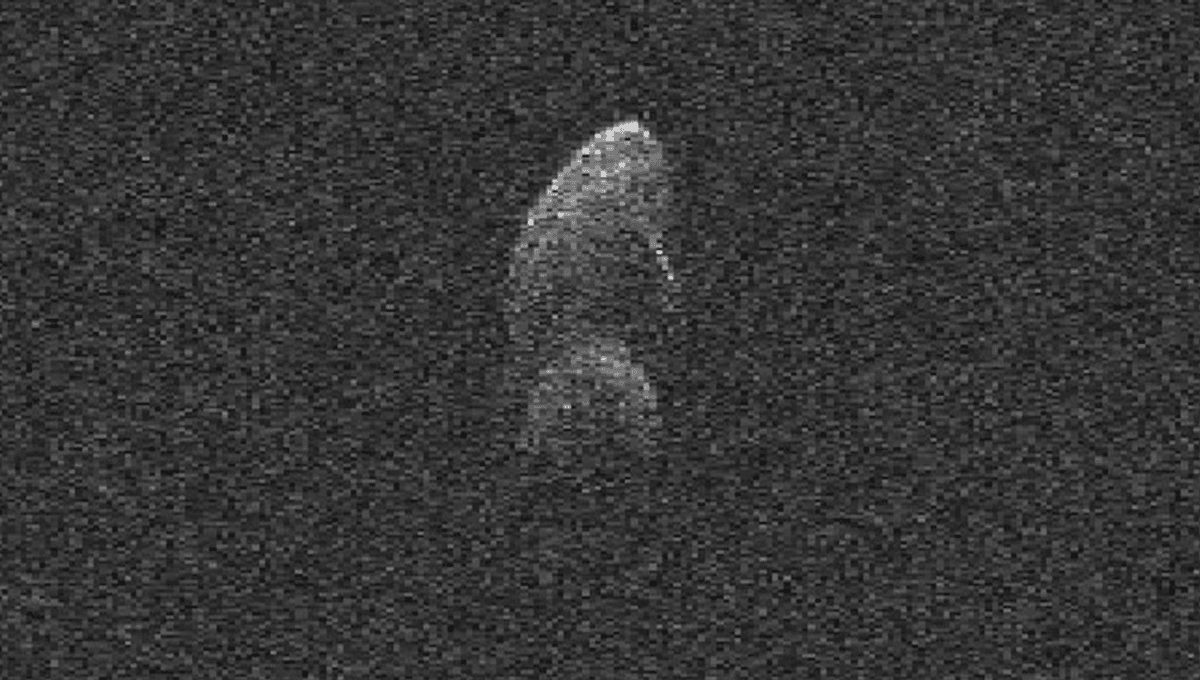
Good news, fans of witnessing astronomical events without being obliterated by them: Potentially hazardous asteroid 2013 NK4 is making a close approach this week, and you can view it as it flies past.
The asteroid, first discovered in 2013 by the Siding Spring Survey, is between 400 and 1,000 meters (1,300 and 3,280 feet) across. At such a size, it is classed as a “potentially hazardous” near Earth object by NASA, given the amount of damage it and other bodies like it could do if they were to collide with Earth.
So far, astronomers have been able to predict the orbits of known objects up to about 100 years in the future. The good news is that “no known asteroid larger than 140 meters in size has a significant chance to hit Earth for the next 100 years,” according to NASA.
Though we are discovering new objects all the time – sometimes just before they hit – another method has found that we should be safe for the next 1,000 years from the objects we do know about.
2013 NK4, for example, made its closest approach on Monday, harmlessly passing our planet by more than eight times the distance to the Moon, just as astrophysicists had predicted. While it went past, NASA took the opportunity to image the asteroid and learn more about it.
From the early results, as pointed out by EarthSky, the asteroid looks like it could be a contact binary asteroid, where two smaller bodies have moved together and impacted due to gravity. Asteroid Arrokoth, seen much closer by NASA probe New Horizons, has a similar appearance.
If you’d like to see it for yourself, you should be able to. Though the asteroid made its closest approach on April 15, it should be easier to spot on April 16 and 17. All you will need is a telescope and a guide to locating it.
Source Link: 2013 NK4: Potentially Hazardous Asteroid Passes Close Enough To Earth To See It